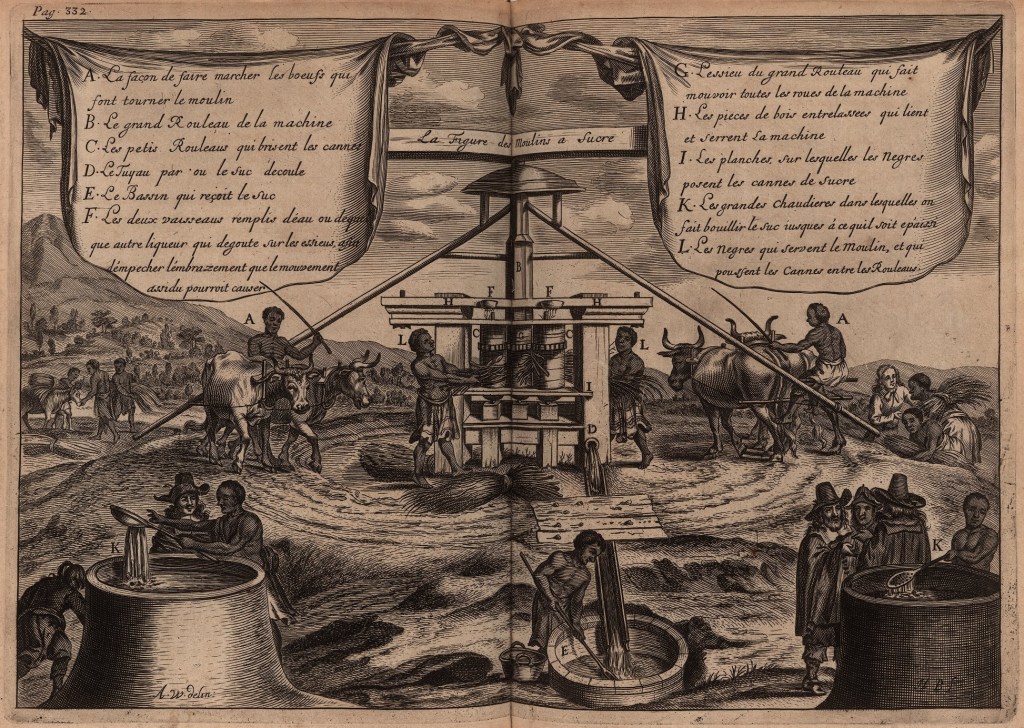
“Towards the middle of December the Jamaica Merchant dropped anchor in Carlisle Bay, and put ashore the forty-two surviving rebels-convict.” Rafael Sabatini in Captain Blood: His Odyssey.
The Jamaica Merchant was in fact a real ship home-ported in London. Commanded by Captain Charles Gardner, the ship took sixty-eight rebels-convict aboard, probably at Weymouth, and set sail in late October or early November 1685 for Barbados. Only one rebel-convict died en route. More died on other voyages, and the desperate conditions the rebels-convict were subjected to on the voyages were much as Sabatini describes them in his famous story.

In the novel, it’s implied that the rebels-convict are brought ashore immediately for sale, or more correctly, for the sale of the contracts for their sentences of indentured servitude for rebellion against their rightful king.
The reality was a little different. The rebels-convict were kept aboard for at least several days before being brought ashore, and it was not until March 12, 1686 before the Jamaica Merchant convicts were sold, in part to permit them to recover their health. Many after their contracts were sold were worked hard and abused, but most still had far better lives than African slaves did.


Although the term “slaves” is often used, and many rebels-convict were abused as if they were slaves, they were in fact indentured servants with a limit of ten years, not life, on their servitude, and they had many rights that slaves lacked. At bad as it might be, indentured servitude was by no means equivalent to the enormity of the enslavement of Africans or Native Americans in the Americas.
Copyright Treasure Light Press LLC. First posted December 20, 2020.
